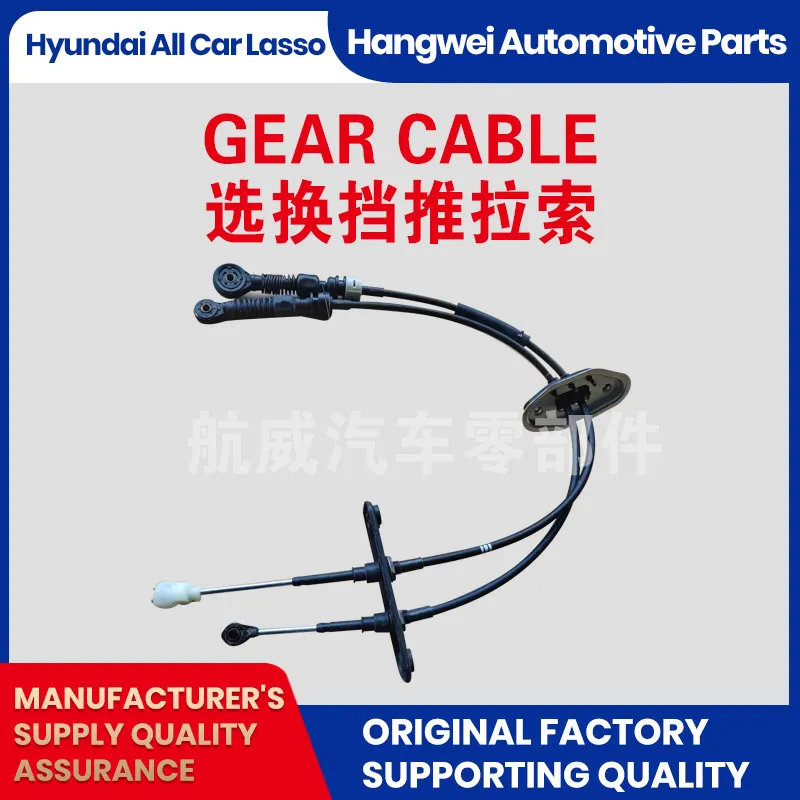Optimizing Throttle Assembly Performance for Enhanced Engine Efficiency and Control
Understanding Throttle Assembly Function, Design, and Applications
The throttle assembly is an integral component of an engine management system, primarily found in vehicles, from cars to motorcycles and even aircraft. It plays a crucial role in regulating the amount of air-fuel mixture entering the engine, thus directly impacting the engine's power output, efficiency, and overall performance. This article delves into the function, design, and various applications of throttle assemblies, shedding light on their significance in modern automotive engineering.
Function of Throttle Assembly
At its core, the throttle assembly is responsible for controlling engine speed and acceleration. When the driver presses the accelerator pedal, it opens the throttle plate, allowing more air to flow into the engine. This increased airflow necessitates a corresponding amount of fuel, which the engine control unit (ECU) adjusts based on sensor feedback, maintaining the ideal air-fuel ratio for combustion.
Modern throttle assemblies are often electronic rather than mechanical. In traditional systems, a cable connects the accelerator pedal to the throttle body, directly linking the driver's actions with engine responsiveness. However, with the advent of electronic throttle control (ETC), sensors detect the position of the accelerator pedal and send signals to the ECU. The ECU then adjusts the throttle plate's position electronically, allowing for more precise control and integration with other advanced vehicle systems, such as stability control and traction control.
Design of Throttle Assembly
The design of a throttle assembly is pivotal to its performance. Typically, it consists of several key components the throttle body, throttle plate, and various sensors. The throttle body houses the throttle plate, which rotates around a shaft, altering its angle to control airflow. The assembly also includes sensors such as the throttle position sensor (TPS) to monitor the throttle plate's position and relay that information to the ECU.
throttle assembly

Materials used in the construction of throttle assemblies are chosen for durability and resistance to heat and fuel. Aluminum is commonly used for the throttle body due to its lightweight and corrosion-resistant properties. Additionally, modern throttle assemblies are designed to minimize turbulence for optimized airflow, contributing to better fuel atomization and combustion efficiency.
Applications of Throttle Assembly
Beyond automotive uses, throttle assemblies are crucial in various applications, including aviation and marine engines. In aviation, throttle assemblies are vital for controlling the thrust produced by the aircraft's engines, directly affecting takeoff, cruising, and landing phases. Similarly, in marine engines, they regulate the engine power required for different speeds, ensuring efficient fuel consumption for boats and ships.
In motorsports, the design and calibration of throttle assemblies are critical for performance. Race cars, for instance, often use specialized throttle assemblies that provide instantaneous response to driver inputs, fine-tuning the connection between the accelerator pedal and engine power output. This responsiveness can be the difference between winning and losing a race, making throttle assembly design a focal point for performance engineers.
As technology continues to advance, the future of throttle assemblies is likely to include further integration with digital systems and enhanced connectivity through vehicle-to-vehicle (V2V) and vehicle-to-infrastructure (V2I) communication. Such innovations promise to enhance vehicle dynamics, safety, and efficiency in ways we are just beginning to explore.
Conclusion
In summary, the throttle assembly is more than just a simple mechanical part; it is a sophisticated system that plays a vital role in vehicle operation. With its ability to control airflow to the engine, its design influences not only performance and fuel efficiency but also the overall driving experience. As technology evolves, the throttle assembly will continue to be a key area of development in ensuring vehicles are more efficient, responsive, and integrated into the high-tech world of modern transportation. Understanding its function and design helps appreciate the intricate engineering that powers the vehicles we rely on every day.
-
Upgrade Your Control with Premium Throttle CablesNewsAug.08,2025
-
Stay in Control with Premium Hand Brake CablesNewsAug.08,2025
-
Experience Unmatched Performance with Our Clutch HosesNewsAug.08,2025
-
Ensure Safety and Reliability with Premium Handbrake CablesNewsAug.08,2025
-
Enhance Your Vehicle with High-Performance Clutch LinesNewsAug.08,2025
-
Elevate Your Ride with Premium Gear CablesNewsAug.08,2025
